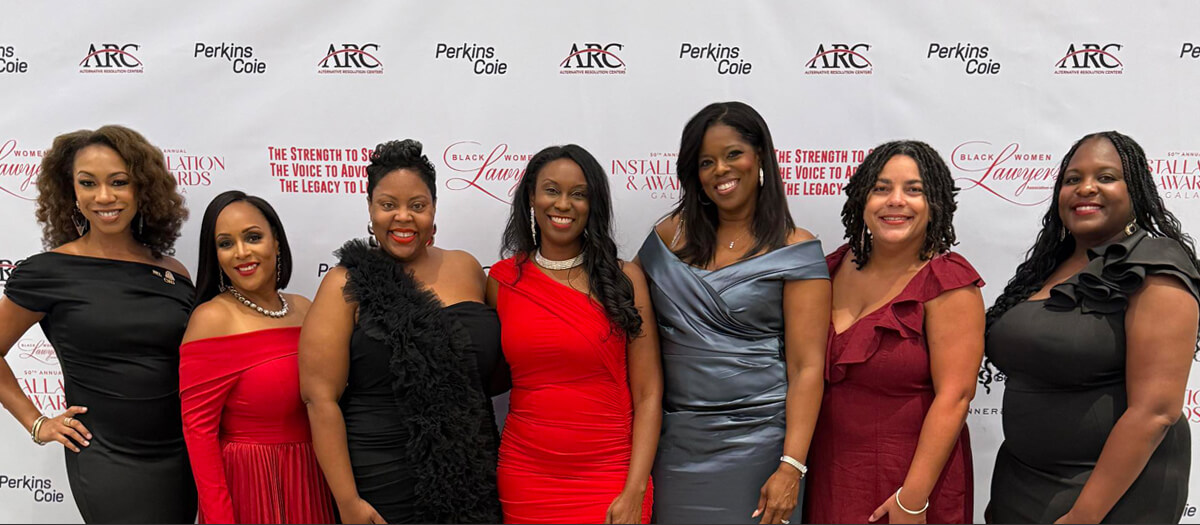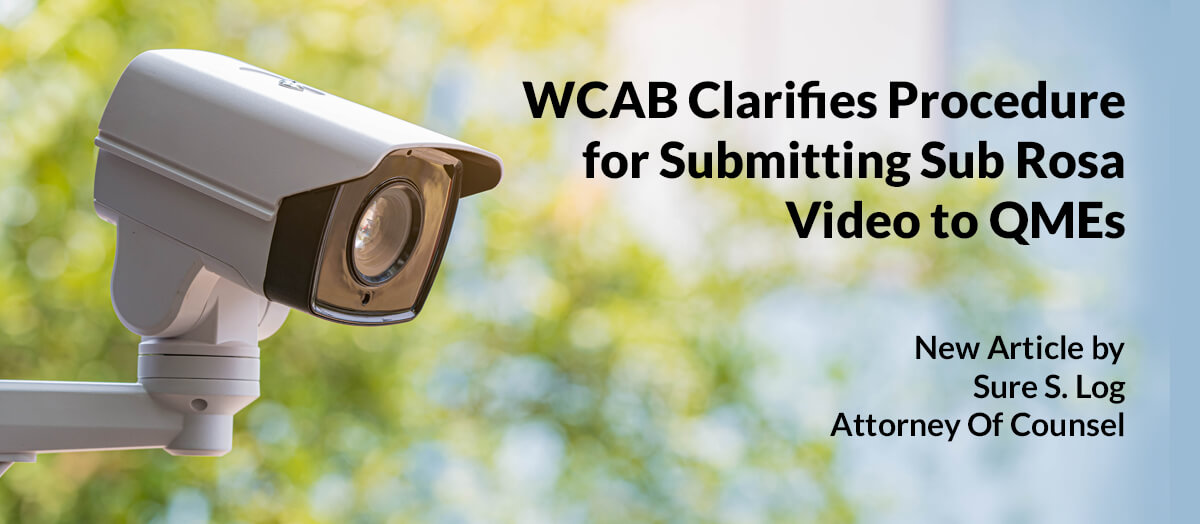
The scope of California's jurisdiction over cumulative trauma claims filed by professional athletes has long been a contentious issue. California workers' compensation laws are generally more liberal than laws in other states. So professional athletes commonly file workers' compensation claims in California, even when they have a limited connection to the state and have long histories of playing for out-of-state teams.
In 2013, the Legislature passed AB 1309, which amended Labor Code § 3600.5 to limit workers' compensation claims in California by out-of-state professional athletes. The bill was intended to address a loophole in the California workers' compensation system that was deemed to be detrimental to state interests and to its sports teams. Specifically, as a result of the "last employer over which California has jurisdiction" rule, California teams were facing cumulative injury claims from players with extremely minimal California contacts, but substantial playing histories for teams in other states. In addition, out-of-state sports teams were having claims filed against them in California, resulting in several consequences including: (1) clogging the WCAB with cases that should be filed in another state, thereby delaying cases of California employees; (2) forcing insured California employers to absorb rapidly escalating costs being incurred by CIGA; and (3) increasing pressure on insurers to raise workers' compensation rates in California to cover the rising and unanticipated costs.






